The serpentine labyrinths of Jaipur’s clamorous bazaars stand as a spatial testimony of the long and convoluted history of the city. The marketplace as a microcosm of social interactions and cultural milieu naturally lends itself to urban analysis, especially considering Jaipur’s coveted title as one of the few planned cities in the world.
Jaipur was founded in 1727 AD by Maharaja Sawai Jai Singh II, who envisioned the walled city as the beating heart of trade in North India. It was with this vision that specialist architect and engineer Vidyadhar Bhattacharya designed the urban centre in rectangular blocks with symmetrical shop fronts, providing spacious streets to allow for the ultimate shopping experience.
Located near the pink sandstone facade of Hawa Mahal teeming with honeycombed windows, Johari Bazaar is one such market that retains remnants of Jai Singh’s entrepreneurial dreams. The rectangular matchboxed structure of the bazaar is still evident in its present day layout, although the wide roads are now chock-a-block with vehicular and pedestrian traffic. The shop fronts, too, are an assortment of old and new - a macédoine of tradition and innovation.
The twisting agora is one of the most popular tourist attractions in the city, beckoning stray shoppers with its glittering assortment of princely jewellery. The carefully crafted regalia truly does justice to the name of the market, as ‘Johari’ itself means jeweller. The by-lanes of the bazaar are dotted with craftsmen’s workstations, where one might glimpse Thewa and Kundan jewellery in the making. Both artisanal traditions find their origin in the Mughal era and are coveted staples of Rajasthani ornaments today. While Thewa involves the embossing of sheet gold on molten glass, Kundan trinkets are crafted by filling thin gold sheets with lac, which is a natural resin. The tricks of the trade have been passed down from generation to generation, as the traditional jewellery business in India is largely a family-owned enterprise.
The by-lanes and gallis concealed beyond the bright lights of Johari Bazaar reveal the sociocultural principles of a market governed by the overarching logic of the mohalla. A brief study of the haveli as a neural centre for social organisation divulges the role played by age-old codes of caste and class.
In her book titled Indian Mansions: A Social History of the Haveli, author Sarah Tillotson writes, “The havelis of related families are generally built close together, or sometimes even linked, and this family group will often form part of a larger caste or other social group, like that of the Jain jewellery merchants around Johari Bazar in Jaipur. The protective nature of the haveli was repeated on the larger scale of the neighbourhood, where it was sometimes given physical expression in guarded gateways.”
The excerpt shows how the world beyond commercially constructed shop-fronts was regulated by kinship traditions, which in fact speaks volumes about the generational lifestyle of the jewellers of Johari Bazaar. The Shrimal and Osval families belonging to the Shvetambar Jain community largely formed the core of the emerald elite, and lived in havelis in close proximity to other gemstone merchants in the Johari Bazaar area. In the early to mid twentieth century, the position of a patriarch-jeweller was the seat of marketplace socialising - both in terms of business as well as the personal.
Business hours were shorter at the time, allowing for leisure activities and the building of communal bonds. Central Jaipur was not nearly as congested at the time, and the jewellers would often sit together and enjoy a glass of thandai after work. The environment was conducive to social cohesion, which was realised in the formation of a neighbourhood with an unmatched sense of togetherness. The social circle was a simulacrum of the village panchayat system, with the senior male members of the gemstone families overseeing the flow of conversation as jury, listening intently regardless of whether it veered in the direction of gossip or professional circumspection.
References
Emerald City: The Birth and Evolution of an Indian Gemstone Industry by Lawrence A. Babb
Indian Mansions: A Social History of the Haveli by Sarah Tillotson
Visual Perception of the Street Facade of a Historic Town: Case Study of the Walled City of Jaipur, India by Somya Mishra and Saptarshi Kolay
Morphological and Demographic Characteristics of a Planned City: A Case Study of Jaipur City by Avinash Kumar Singh
https://jaipurtourism.co.in/johari-bazaar-jaipur
https://yometro.com/travel-guide/attraction-johari-bazaar-jaipur








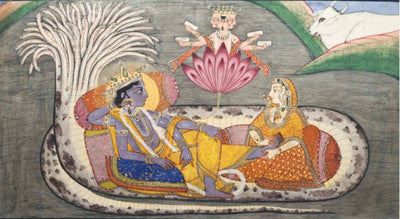

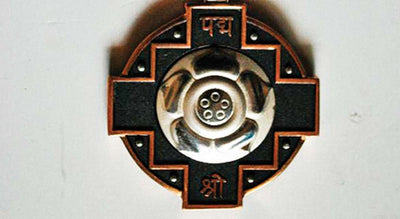

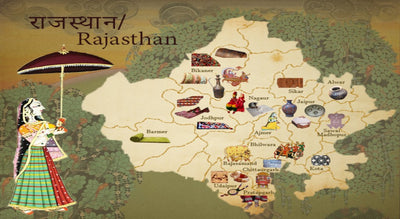
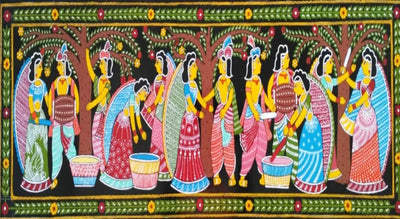
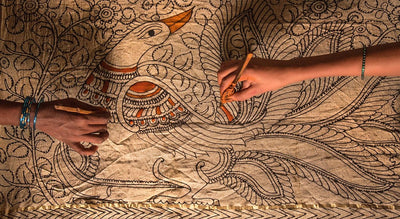



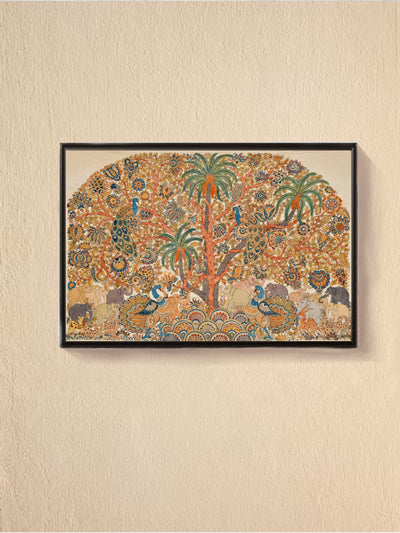







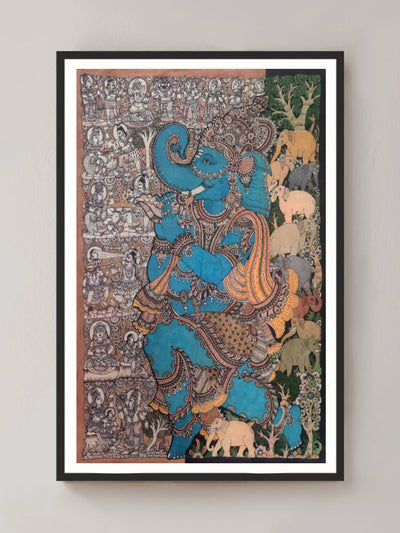








This is so Nice and easy to understand.This is so Nice and easy to understand.